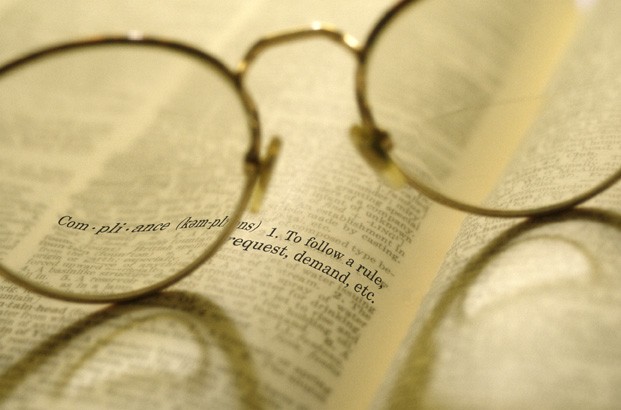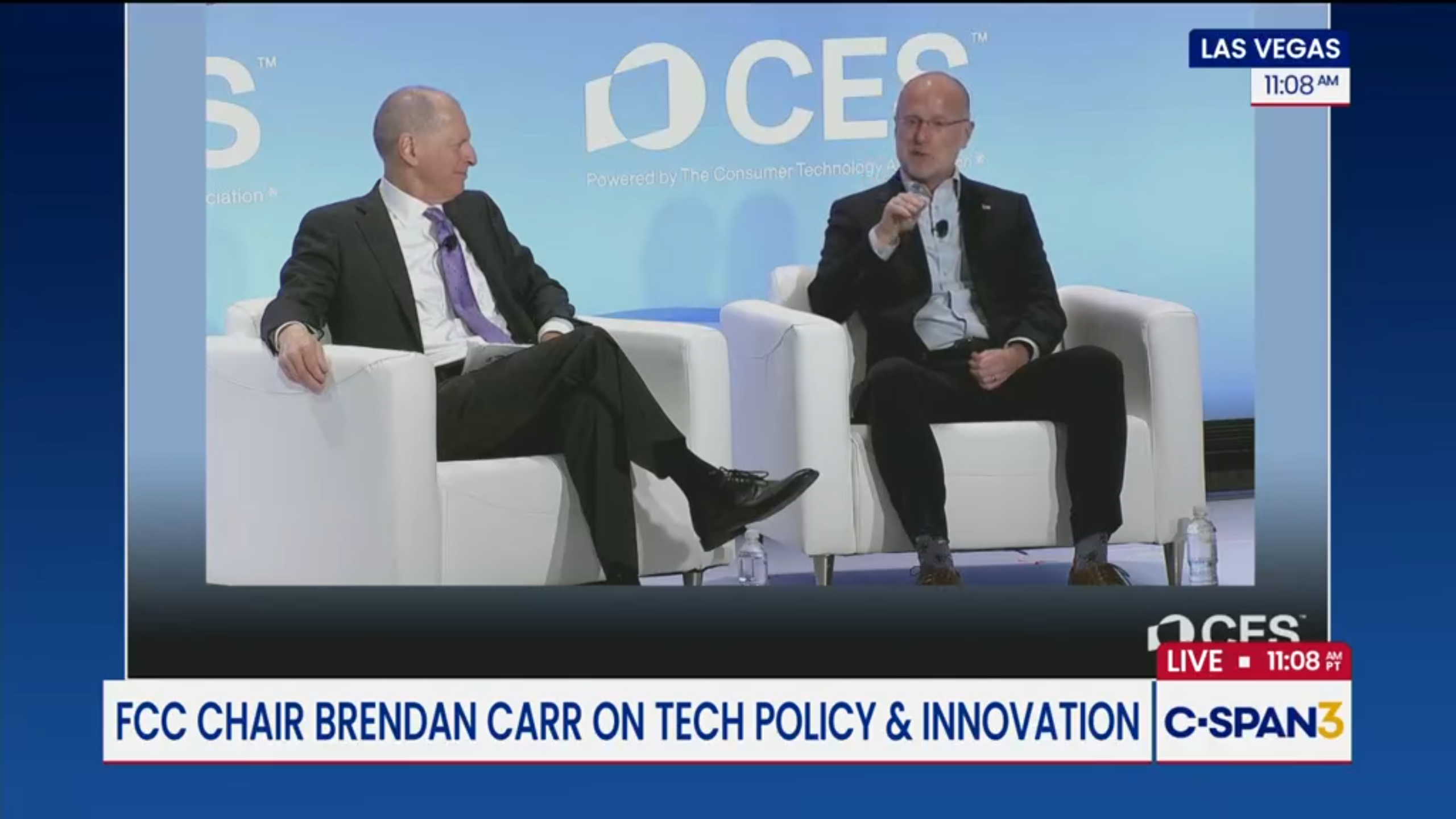McAdams On: Platform Overload

LOS ANGELES: I parse around 500 headlines a day in between fielding e-mail press releases while listening to news on the radio. It’s no wonder I have the attention span of a gnat. Hence my smartphone resistance. The last thing I need is another media “platform.”
We seem to be reaching platform saturation. You’ve got your PC, your laptop, your TV, radio, newspaper, magazine, tablet, iPhone, iPad, cable, satellite, Slingboxes, smartphones, dumb phones, mobile TVs and *shudders* TV Everywhere. We’re reaching the tipping point where platforms exceed content. This is why I happen to know that Lindsay Lohan fell down in New York. Because, you see, this is “news.” Google News, to be precise.
First there were the 24-hour news cable networks. Then came the Internet. Everyone knows how the Internet changed news prima facie from a relatively standard commodity to a free-for-all. But it also fractures stories into their smallest respective parts in order to keep the headlines rolling. It’s less about substance than speed and quantity. Dots, therefore, are left disconnected.
I was reminded of this by a handful of headlines this week. Surficially, they seemed unrelated, but all had implications about the future of media platforms and the access thereof. One involved Google selecting Kansas City to launch its 1 Gbps fiber broadband network. Another was about Fox demanding the Time Warner Cable pull its programming from an iPad app. The third was nearly comical: “Republican Sticks Up for Broadcasters.” Notice the singular. Then there’s the Federal Communications Commission giving away 10,000 WiFi routers, and finally, an interactive map on Zeit Online showing how publicly available data can be used to track someone’s movements, almost down to the second.
The micro view here is a set of disparate snits about Internet-related items. Pull back and you see the wireless-versus-wired dynamic shaping the future of information access in this country. Interesting that Google, which successfully gained access to television buffer spectrum a la white spaces, is building out a fiber network. Physical networks are certainly more reliable and more secure. Just check out Zeit Online’s “Tell-all telephone.” It’s a cell-phone data/Google map overlay tracking six months of the exact whereabouts of a German politician who sued Deutsche Telekom for his phone data. That’s one smart phone. A bit too smart.
Then we have the FCC giving away 10,000 WiFi routers, ostensibly to measure broadband speeds. Speedtest.net seems like a more economical alternative. Unless you’re evangelizing for wireless broadband.
Then there’s Fox trying to keep tabs on its copyrighted programming. Conventional wisdom these days posits that because broadcast network programming is delivered over the air for free, it should be available to retransmit freely on other platforms. I’m not sure why. Viewership on those other platforms isn’t measured. The business relies on audience measurement, at least for the time being. Once the wireless industry gains control of video distribution, you can bet they’ll control redistribution.
Then finally, a lone Republican speaks up on behalf of broadcasters, asking FCC Chairman Julius Genachowski to take an “even handed” approach to spectrum policy. The chairman now seems hell bent for leather on giving 40 percent of the TV spectrum to wireless providers, as directed by the Obama Administration. If the National Broadband Plan is perceived as being a pet project of a Democratic Administration, there may be a backlash when the GOP regains power.
Whether we’ll have a wired or a wireless broadband infrastructure in the future remains uncertain. Platforms, in the meantime, are sure to proliferate.
The professional video industry's #1 source for news, trends and product and tech information. Sign up below.
